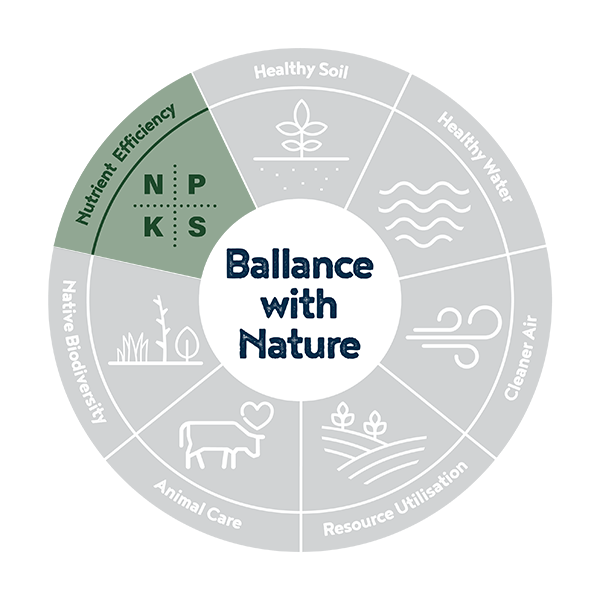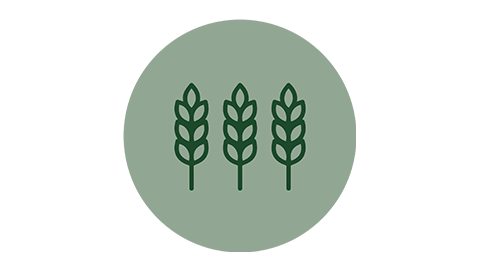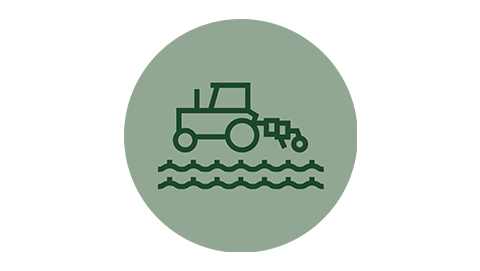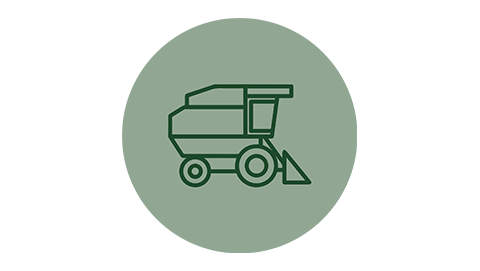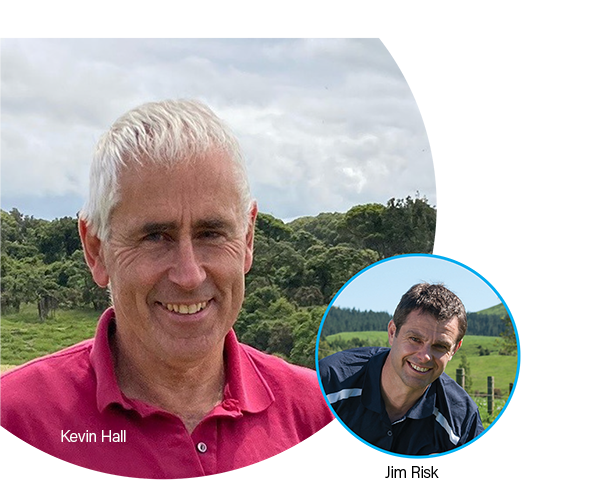
How can catch cropping improve nutrient efficiency?
Kevin Hall is a dairy farmer in Seaward Downs, Southland. He chats to Ballance Science Extension Officer Jim Risk about how catch cropping has improved nitrogen efficiency on his Waimahaka runoff farm.
Why is nutrient efficiency important to you?
“Good efficiency is important in all aspects of farming. Resources are limited – and they’re getting more expensive – so we’re always looking to make the best use of what we’ve got. Nitrogen is a resource, so it makes sense to make the best use of it.”
How can catch cropping help promote nitrogen efficiency?
“The more nitrogen we can retain in our system, the better. A lot of N hangs around after winter grazing, so catch cropping is a good tool to capture that and turn it into dry matter. There’s also the environmental part of the story. We don’t want to lose N to waterways or down through the soil profile below the root depth.”
How does catch cropping fit into your farming system?
“The first part of the equation is to not make too much mud in winter! We’re using a bigger area for winter grazing now – 7.5m2 per heifer. Fodder beet doesn’t work for us anymore. We do wintering on grass with baleage, then after that rotation we plant oats as soon as we can – to catch that N before it’s lost down through the soil profile.”
Which crops are you using, and when do you sow and harvest?
“It’s really just oats. We get them in as soon as practicable. Obviously it changes according to the weather – the best I’ve managed is the start of September. Catch cropping won’t be effective if you’re too late, because too much N has already been lost below the root zone. We harvest as soon as it starts to form a seed head – so it’s a green feed. It needs three days on the ground to get it dry. Then next winter it’ll go to our heifers as a mixed ration with whole crop baleage.”
What are your yields like, and is it a cost-effective feed?
“Our yield this year was about 7T of dry matter off three paddocks. It’s definitely more cost effective to grow it on farm rather than buy in PKE or baleage. It’s about 10 to 12 cents per kg of dry matter – the biggest cost is the seed; there’s minimal cultivation. We don’t sow any nutrients, we don’t need to add P or K, we can rely on what’s there in the soil. We add a side dressing of SustaiN around the start of November to optimise yield. The best thing is you’re making use of resources you’ve already got sitting there in front of you.”
Are these mitigations helping to future proof the farm system?
“Dairy farmers are coming under a lot of pressure, so more efficient use of N is going to be our biggest challenge I believe. I saw some info about the science of catch cropping at a field day, and seeing the numbers on how much N is sitting there after the winter, it really reinforced our decision. The more mitigations we can do to retain that nitrogen in the system, it all builds our sustainability, and farming the way we want to farm.”
What would you say to other farmers who are considering giving it a go?
“Catch cropping is a win-win situation when you’re picking up nutrients that are just sitting there. Might as well grow some additional feed, instead of just weeds! So it’s a good opportunity before you re-grass – just give it a go. You might not get it right the first year, but as your system evolves, you’ll find a system that works for you.”
What excites you about the future of farming in New Zealand?
“I’m a passionate dairy farmer. I believe New Zealand has a great story to tell, but we can’t take things for granted. We need to embrace change – we can’t rely on the same systems we had 30 years ago. Most people find change uncomfortable, but I think to be a sustainable business you need to front foot these things, you’ve got to be part of the change.”
Download the full PDF here
